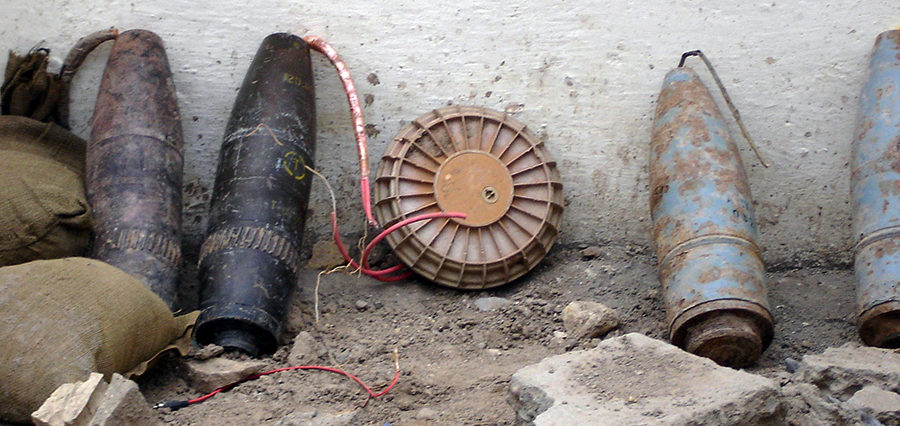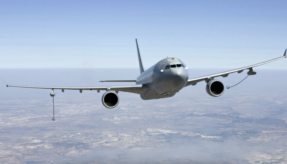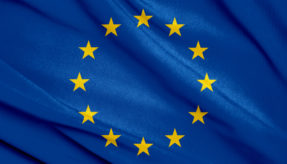
The EDA has launched a new Research and Technology programme that will improve Member States’ capabilities in IED detection.
Countering Improvised Explosive Devices (C-IED) was confirmed as a top priority in the EDA Capability Development Plan (CDP) revision of 2014, and this programme is progresses the practical implementation of this priority.
The programme was launched with Austria, Belgium, The Netherlands, Poland, as well as Norway (which has an Administrative Arrangement with the Agency) signing an agreement for a three-year €14M ad hoc IED Detection R&T programme.
By developing, improving and field-testing IED detection capabilities, the programme will allow troops to be better protected and increase Armed Forces’ operational freedom of movement.
There are three main projects in the programme:
- Vehicle Mounted Early Warning – in this project the objective is to focus on the detection of indirect indicators of IEDs through forward looking camera systems. Based on remotely operated unmanned ground vehicles, with multi-camera heads, the system can be controlled from a remote manned vehicle and is designed provide an early warning capacity by detecting indicators of IED presence even while moving with a speed of at least 20-30 kmph.
- UGV stand-off multi-sensor platform- under this project a new unmanned ground vehicle (UGV) will be developed which features stand-off capabilities for detection of IED components by using remotely operated multisensory platform
- Confirmation, Identification and Airborne Early Warning of IEDs – this project will provide a complementary early warning capability from an unmanned aerial vehicle. It will focus on the confirmation and the identification of relevant components of IEDs, such as electronic parts, explosives and CBRN payloads prior to the release of the agents;
An offline detection map will be produced and shared between the projects to enable the full set of information to be available for future clearance operations.
The programme will be concluded by a joint demonstration.
Numerous companies (including SMEs), academic institutions, governmental and non-governmental research organisations will all cooperate on the project under the guidance of a management committee consisting of experts from the contributing Member States.
If you would like to join our community and read more articles like this then please click here








